Business
The government surrenders to reality with rewritten Online News Act—and pleases no one: Peter Menzies
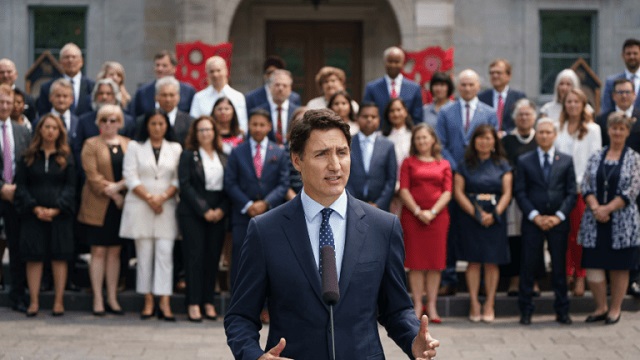
From the MacDonald Laurier Institute
By Peter Menzies
The shakedown of Meta and Google didn’t go as planned—but now they’re eyeing other lucrative targets.
There were some long faces in the news industry last week when Heritage Minister Pascale St-Onge rolled out the final terms of her surrender to reality.
Media executives who once campaigned for the Online News Act with sugar-plum visions of Big Tech cash dancing in their heads were left to deal with some pretty serious lumps of coal. After years of effort to procure what they once fancied would be hundreds of millions of dollars annually from web giants, all St-Onge could bring down the chimney was a bump up in Google’s spend to $100 million.
How much the mother of all search engines was already paying to publishers is unknown, but in-the-know estimates tend to range from $30-$50 million. Splitting the difference at $40 million would mean the industry—newspapers, broadcasters, and online platforms—wound up with $60 million in fresh cash, give or take.
That’s less than the Lotto Max jackpot Rhonda Malesku of Kamloops and Ruth Bowes of Edmonton shared last summer. A lot of money for Rhonda and Ruth for sure, but for an entire industry it’s a drop in a leaky bucket.
Then there’s the fact the Act resulted in Meta blocking all news links in Canada on Facebook and Instagram. Again, the exact cost is unknown but the social media company had been spending $18 million on journalism supports plus—and here is the killer—Meta estimated it had been sending $230 million a year worth of referrals to news websites.
Even if Meta is only half right, that still leaves the news industry many tens of millions of dollars worse off. If Meta’s estimate is accurate—and no one has really debunked it—the scenario is a lot uglier.
This is what happens when you make things up.
The Act was rooted in the make-believe premise that “web giants” were profiting from “stealing” news. Legislation was designed on that basis to force Big Tech to “negotiate” commercial deals and share those profits with all news organizations.
In the end, as Michael Geist has detailed, that charade of “compensation” was dropped as the government, desperately afraid Google would follow Meta’s lead, posted regulations that essentially rewrote the Act to suit the search engine and, as an aside, puzzle lawyers. All that the media were able to salvage from the hustle was a fund they wound up fighting over like street urchins in a soup kitchen.
Here, St-Onge actually did something sensible. Her original plan was to have the fund distributed solely on a per journo basis. In other words, if there are 10,000 journalists, $100 million would turn into $10,000 per journo, never mind whether they are paid $35,000 or $150,000. The problem with that is that one in three Canadian reporters works for CBC, which is not in mortal peril. The next highest is Bell Media, whose parent company made $10 billion last year. Meanwhile, the Toronto Star is hemorrhaging at a rate of $1 million a week, small centres are becoming news deserts, and Postmedia’s stable of zombie newspapers continues to, well, zombie on.
Broadcasters would have consumed 75 percent of the loot and the vast majority of the cash would wind up with companies for whom news is not a primary aspect of their operations.
St-Onge changed that to cap private broadcasters’ windfall at 30 percent, with CBC limited to 7 percent.
That means 63 percent of the money will go to operators in the greatest peril which, for a fund resulting from a need to address industrial poverty, is at least rational.
Still, there was grumbling.
“Well, this is disappointing—sure wasn’t expecting a cap on broadcasters’ access to compensation,” Tandy Yull, vice president of policy and regulatory affairs for the Canadian Association of Broadcasters, posted on LinkedIn.
“Hey, Universe! More needs to be done to support Canadians’ most important providers of news, local radio, and television stations, who are facing significant—even existential—declines in advertising revenue,” she added.
Yull went on to stake broadcasters’ claim to government assistance currently reserved for newspapers and online-only media: the Journalism Labour Tax Credit and the Local Journalism Initiative.
And of course “our democracy demands that we explore these and other options—soon.”
She may not have long to wait.
Broadcasters opened up a fresh lobbying for loot campaign just last month when the Canadian Radio-television and Telecommunications Commission (CRTC) held a hearing to launch the implementation of the Online Streaming Act.
Supposedly about funding Canadian entertainment programming, the concept of a news fund was introduced early and repeated often.
Commissioners appeared happy to embrace well-worn lines about a news “crisis” that needs “urgent” attention to prevent—cue the tympany—the death of democracy. And they did so without needing to be persuaded there was any rational reason for creating a fund which, logically, makes no more sense than taxing cinemas to pay for newspapers. Nor were any concerns raised about impacts on entrepreneurship and online innovators.
“Local news is in crisis and requires immediate intervention,” Susan Wheeler of Rogers, which made $7.12 billion last year, told the panel.
“A fundamental outcome of the modernized contribution regime must include new mechanisms to provide long‑term financial support for high‑quality Canadian‑produced broadcast news from credible outlets,” she said, calling for 30 percent of money raised from foreign online streaming companies to be directed to a news fund “accessible by all private TV and radio stations producing news.”
The humiliating squabbling over the remnant scraps of the Online News Act clearly wasn’t the end of the Great Canadian Quest for other people’s money.
So maybe the shakedown of Meta and Google didn’t quite work out. But Spotify, Disney+, and Netflix? They have money. Let’s mug them instead.
It’s not like anything bad could happen. Right?
Peter Menzies is a Senior Fellow with the Macdonald-Laurier Institute, a former newspaper executive, and past vice chair of the CRTC.
Business
Trump confirms 35% tariff on Canada, warns more could come
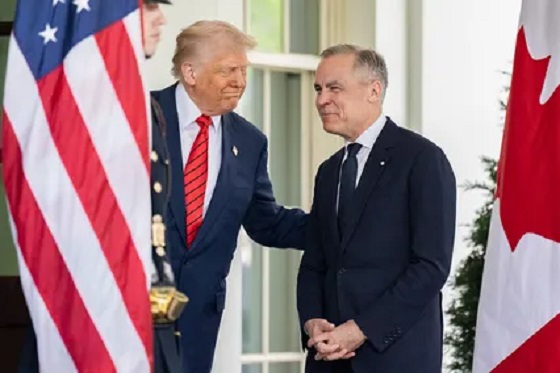
Quick Hit:
President Trump on Thursday confirmed a sweeping new 35% tariff on Canadian imports starting August 1, citing Canada’s failure to curb fentanyl trafficking and retaliatory trade actions.
Key Details:
- In a letter to Canadian Prime Minister Mark Carney, Trump said the new 35% levy is in response to Canada’s “financial retaliation” and its inability to stop fentanyl from reaching the U.S.
- Trump emphasized that Canadian businesses that relocate manufacturing to the U.S. will be exempt and promised expedited approvals for such moves.
- The administration has already notified 23 countries of impending tariffs following the expiration of a 90-day negotiation window under Trump’s “Liberation Day” trade policy.
Diving Deeper:
President Trump escalated his tariff strategy on Thursday, formally announcing a 35% duty on all Canadian imports effective August 1. The move follows what Trump described as a breakdown in trade cooperation and a failure by Canada to address its role in the U.S. fentanyl crisis.
“It is a Great Honor for me to send you this letter in that it demonstrates the strength and commitment of our Trading Relationship,” Trump wrote to Prime Minister Mark Carney. He added that the tariff response comes after Canada “financially retaliated” against the U.S. rather than working to resolve the flow of fentanyl across the northern border.
Trump’s letter made clear the tariff will apply broadly, separate from any existing sector-specific levies, and included a warning that “goods transshipped to evade this higher Tariff will be subject to that higher Tariff.” The president also hinted that further retaliation from Canada could push rates even higher.
However, Trump left the door open for possible revisions. “If Canada works with me to stop the flow of Fentanyl, we will, perhaps, consider an adjustment to this letter,” he said, adding that tariffs “may be modified, upward or downward, depending on our relationship.”
Canadian companies that move operations to the U.S. would be exempt, Trump said, noting his administration “will do everything possible to get approvals quickly, professionally, and routinely — In other words, in a matter of weeks.”
The U.S. traded over $762 billion in goods with Canada in 2024, with a trade deficit of $63.3 billion, a figure Trump called a “major threat” to both the economy and national security.
Speaking with NBC News on Thursday, Trump suggested even broader tariff hikes are coming, floating the idea of a 15% or 20% blanket rate on all imports. “We’re just going to say all of the remaining countries are going to pay,” he told Meet the Press moderator Kristen Welker, adding that “the tariffs have been very well-received” and noting that the stock market had hit new highs that day.
The Canadian announcement is part of a broader global tariff rollout. In recent days, Trump has notified at least 23 countries of new levies and revealed a separate 50% tariff on copper imports.
“Not everybody has to get a letter,” Trump said when asked if other leaders would be formally notified. “You know that. We’re just setting our tariffs.”
Business
Trump slaps Brazil with tariffs over social media censorship
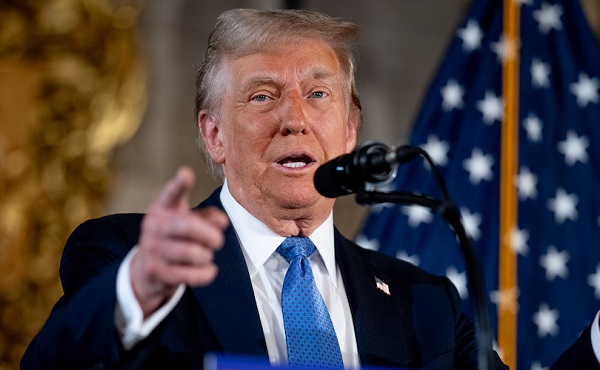
From LifeSiteNews
By Dan Frieth
In his letter dated July 9, 2025, addressed to President Luiz Inácio Lula da Silva, Trump ties new U.S. trade measures directly to Brazilian censorship.
U.S. President Donald Trump has launched a fierce rebuke of Brazil’s moves to silence American-run social media platforms, particularly Rumble and X.
In his letter dated July 9, 2025, addressed to President Luiz Inácio Lula da Silva, Trump ties new U.S. trade measures directly to Brazilian censorship.
He calls attention to “SECRET and UNLAWFUL Censorship Orders to U.S. Social Media platforms,” pointing out that Brazil’s Supreme Court has been “threatening them with Millions of Dollars in Fines and Eviction from the Brazilian Social Media market.”


Trump warns that these actions are “due in part to Brazil’s insidious attacks on Free Elections, and the fundamental Free Speech Rights of Americans,” and states: “starting on August 1, 2025, we will charge Brazil a Tariff of 50% on any and all Brazilian products sent into the United States, separate from all Sectoral Tariffs.” He also adds that “Goods transshipped to evade this 50% Tariff will be subject to that higher Tariff.”
Brazil’s crackdown has targeted Rumble after it refused to comply with orders to block the account of Allan dos Santos, a Brazilian streamer living in the United States.
On February 21, 2025, Justice Alexandre de Moraes ordered Rumble’s suspension for non‑compliance, saying it failed “to comply with court orders.”
Earlier, from August to October 2024, Moraes had similarly ordered a nationwide block on X.
The court directed ISPs to suspend access and imposed fines after the platform refused to designate a legal representative and remove certain accounts.
Elon Musk responded: “Free speech is the bedrock of democracy and an unelected pseudo‑judge in Brazil is destroying it for political purposes.”
By linking censorship actions, particularly those targeting Rumble and X, to U.S. trade policy, Trump’s letter asserts that Brazil’s judiciary has moved into the arena of foreign policy and economic consequences.
The tariffs, he makes clear, are meant, at least in part, as a response to Brazil’s suppression of American free speech.
Trump’s decision to impose tariffs on Brazil for censoring American platforms may also serve as a clear signal to the European Union, which is advancing similar regulatory efforts under the guise of “disinformation” and “online safety.”
With the EU’s Digital Services Act and proposed “hate speech” legislation expanding government authority over content moderation, American companies face mounting pressure to comply with vague and sweeping takedown demands.
By framing censorship as a violation of U.S. free speech rights and linking it to trade consequences, Trump is effectively warning that any foreign attempt to suppress American voices or platforms could trigger similar economic retaliation.
Reprinted with permission from Reclaim The Net.
-

 International2 days ago
International2 days agoSecret Service suspends six agents nearly a year after Trump assassination attempt
-

 Bruce Dowbiggin1 day ago
Bruce Dowbiggin1 day agoThe Covid 19 Disaster: When Do We Get The Apologies?
-

 Crime22 hours ago
Crime22 hours agoSweeping Boston Indictment Points to Vast Chinese Narco-Smuggling and Illegal Alien Labor Plot via Mexican Border
-
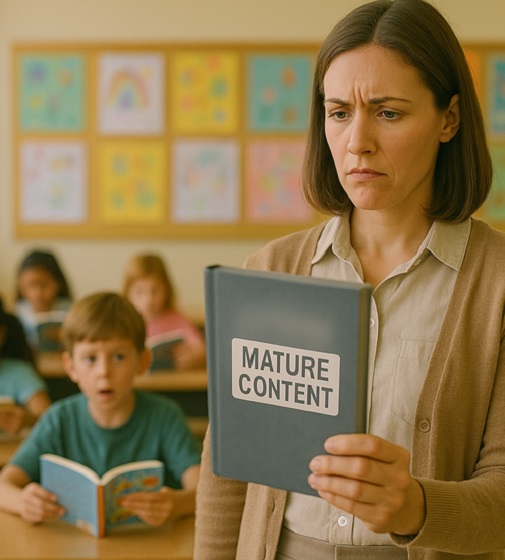
 Alberta1 day ago
Alberta1 day agoAlberta school boards required to meet new standards for school library materials with regard to sexual content
-
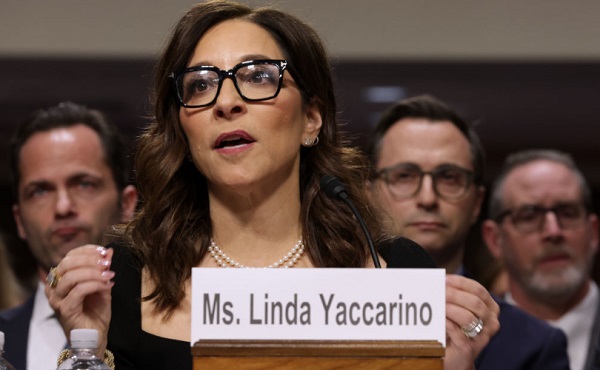
 Business2 days ago
Business2 days agoWEF-linked Linda Yaccarino to step down as CEO of X
-

 Automotive2 days ago
Automotive2 days agoAmerica’s EV Industry Must Now Compete On A Level Playing Field
-
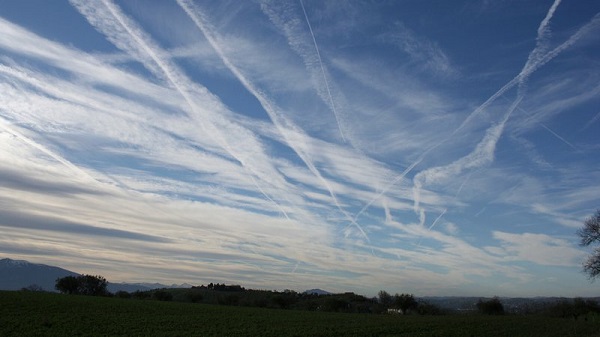
 Environment22 hours ago
Environment22 hours agoEPA releases report on chemtrails, climate manipulation
-

 Business2 days ago
Business2 days ago‘Experts’ Warned Free Markets Would Ruin Argentina — Looks Like They Were Dead Wrong



